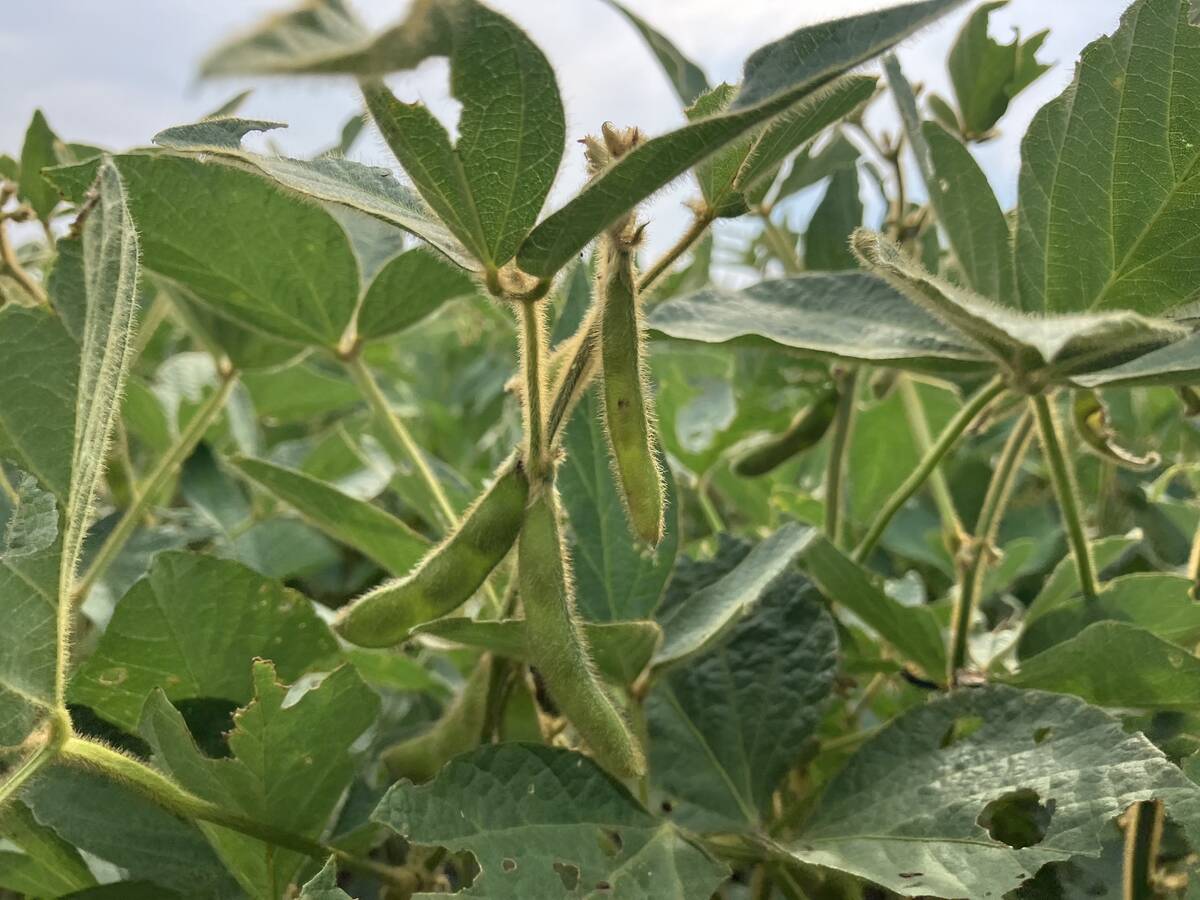NASHVILLE, Tenn. — American farmers say crumbling infrastructure on the country’s major river systems is hampering their ability to export grain and oilseeds.
Some of the locks and dams on the Mississippi River are 50 years old, far exceeding their intended lifespan.
“It has deteriorated to the point that it is in danger of experiencing catastrophic failure, which would cripple our domestic supply of grain,” said Danny Murphy, first vice-president of the American Soybean Association (ASA).
River channels are also in rough shape. The maximum allowable draft on the Mississippi near Baton Rouge, Louisiana, was recently reduced to 44 feet from 46 feet, which means barges can’t carry as many soybeans as they once did.
Read Also

Soybean market still figuring out implications of China-U.S. pact
Soybean futures had a muted reaction to the U.S. trade deal with China as the market tries to figure out the nuances of the deal.
Legislation authorizing $2.2 billion US to be spent upgrading locks and dams on the Mississippi was passed in 2007, but the bill was never funded.
Garry Niemeyer, president of the National Corn Growers Association, spent 10 years helping draft the bill, but it has lost traction in Washington where cost-cutting is the mantra of the day.
“We had 406 congressmen on board and 83 senators and right now with no money, nobody wants to talk to us,” he said during a news conference at the 2012 Commodity Classic.
ASA president Steve Wellman said this is a critical issue for the soybean industry, which exports more product than any other agricultural commodity group.
“About 60 percent of our exports still go down those river systems,” he said.
Wellman would also like Congress to approve the Realize America’s Maritime Promise bill, which addresses the dredging issue.
The Harbor Maintenance Trust Fund collects $1.5 billion a year, half of which is used to dredge the Mississippi. The other half goes into a general operating fund.
The proposed legislation would ensure all of the money is spent on dredging, but it was part of a surface transportation bill that got hung up on the floor of the House and is now being reworked.















